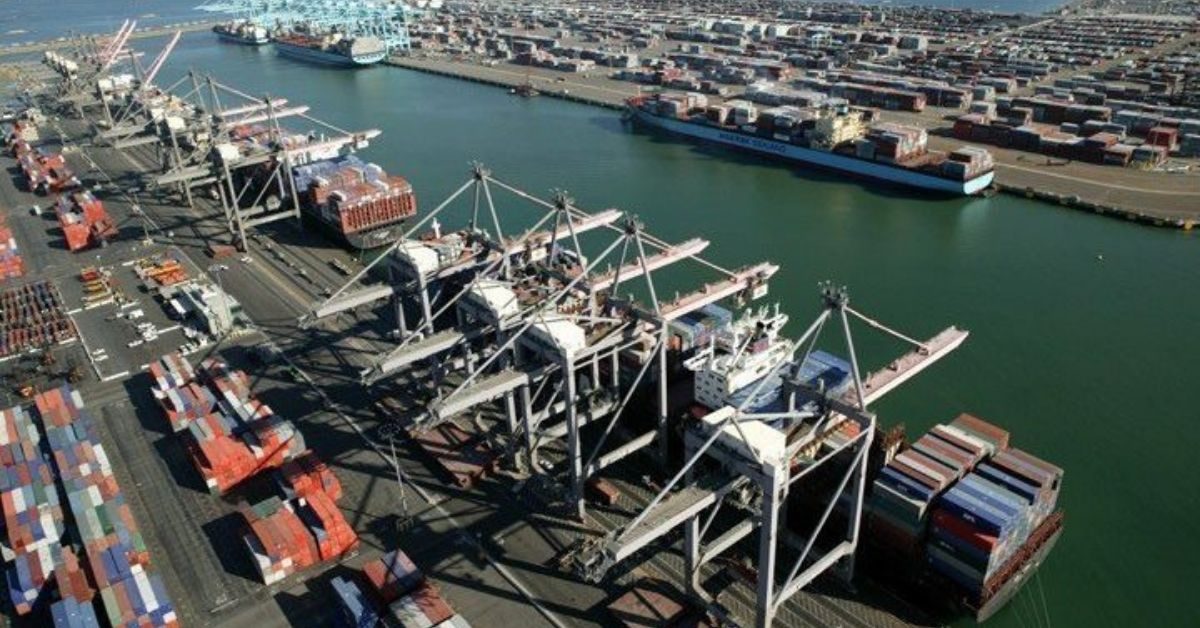The boss of the sorely congested port of Los Angeles has called for a breather, diverting ships to other destinations on the US west coast.
Both the ports of Long Beach and Los Angeles in San Pedro Bay – America’s top two box gateways – have been seen record boxship queues in recent weeks, stretching 20 km down the Californian coastline on the back of massive imports and a nasty bout of Covid taking out much of the workforce.
About 800 workers aren’t on the job because of Covid-19, Gene Seroka, the port’s executive director said at a press conference on Wednesday.
Approximately 85% of container vessels are currently going straight to anchorage where they wait an average of eight days to unload, Seroka said.
Truck and rail resources are “stretched thin” according to the port boss.
Data from MarineTraffic (see below) shows 31 ships at anchor waiting to berth today, down from a peak of 42 at the end of last month.
“We need to catch our breath,” Seroka said. The port, he said, is experiencing a “pandemic-driven buying surge unlike any we have seen”. Seroka said it would take a month to clear all the ships waiting today, let along the many inbound from Asia.
The port is forecast to handle 730,000 teu in February, up 34% from a year earlier. For March, 775,000 teu are expected in the port, an increase of 72%.
Data from Copenhagen-based eeSea supplied to Splash today (see lower map below) shows the ships crossing the Pacific, bound for Los Angeles and Long Beach.
Even as Seroka calls for ships to divert, queues are building at ports further north in California, Oregon, Washington and across the border in British Columbia.
In a transpacific advisory to clients this week, Maersk, the world’s largest containerline, warned that the ongoing supply chain challenges on the tradelane would persist through the first quarter. Many others are warning that the traffic jams will likely carry on through into the second quarter.
“The continued peak and congestion has some US retailers worried that Easter-related goods won’t arrive in time, while carriers are reporting fully booked ships through the end of the month. And with retailers still struggling to keep inventory levels up, there may be no easing until Q2,” Judah Levine, research lead at online booking platform Freightos, predicted in an update yesterday.


Source : Splash







